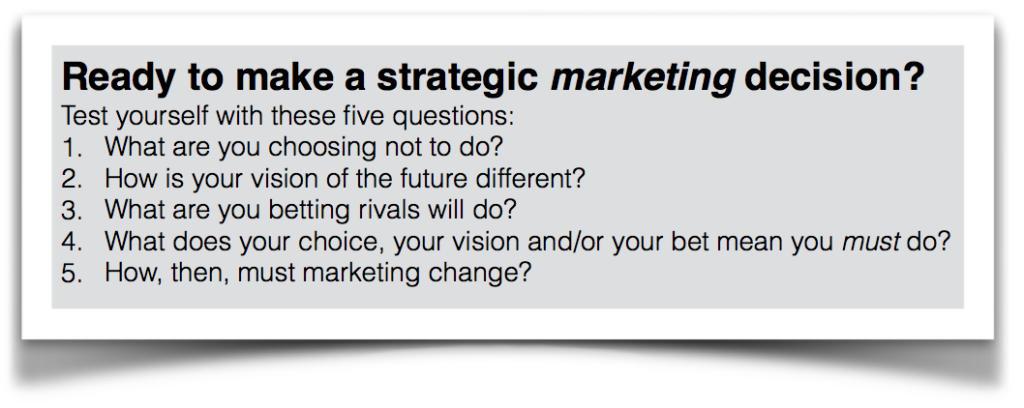Isn’t it time we stopped thinking about people as consumers, customers, clients or, heaven forbid, a target audience.
And started thinking about them as a community.
A group of like-minded souls with the power to engage with your organization, your products and with each other?
By helping our clients tap community, we’ve helped create over $14 billion in market value.
From software to security; self-improvement to longevity; destinations and experiences; Mortar has focused on tapping the power and potential of our client’s and their communities.
Think about it. If we are aiming our messages at a community we need to think of our audience in that way. As people who talk to one another. About us.
And we are all talking to communities. Sure, each of us is interested in a different sub-set of humanity.
Whether we divvy up our customers by job title, culture, affinity, identity, location or some other factual or emotional profile, our customers are best thought of as a group. Community members chatter with one another about what they see and experience in text, Instagram, on Facebook, on Twitter, Tumbler and at the coffee shop.
Which means that we marketers should think of ourselves as community managers and leaders. As Mayors. Senators. Congressmen. PTA stewards. Chefs. Generals. Mothers. Fathers. Leaders. Educators.
If we miss this essential step we fail to understand who we are talking to and, it follows, what really matters to them. Which is why so much of what marketers say—either directly or through their agents—falls flat and fails to inspire.
Communities are shaped by common beliefs, a level of affinity and similarity. Every community has a special kind of connective bond. The links we share, the invisible dark matter that cements one human to another, is the raw material of great marketing.
Mortar is an advertising agency. Yes, an advertising agency. We don’t apologize for being what we are. And neither do we let it keep us up at night. Our job is to persuade, cajole, brighten or otherwise compel communities to buy what our clients are selling.
What sets us truly apart is in our name: Mortar. We are all about the glue that binds groups to action, thought to outcome, products to change.
We believe every single marketing assignment needs to start with deciding what unites the community we care about. Then we can make Strategic Marketing Decisions about how we will approach the group: what has the capacity to drive them wild with desire.
We enshrine this strategic decision in writing. And we match it with a sudden gasp of surprise—a A-ha moment. You will understand it as the moment a promise connects with an individual and fuels a conversation.
These three elements: a belief that connective tissue is the key to understanding today’s customer, that a decision must be made about which way to go, and that everything needs to ladder up to a single a-ha moment, differentiate our work.
None of it makes sense without a solid, unyielding, firm grasp of what unites—and separates.



